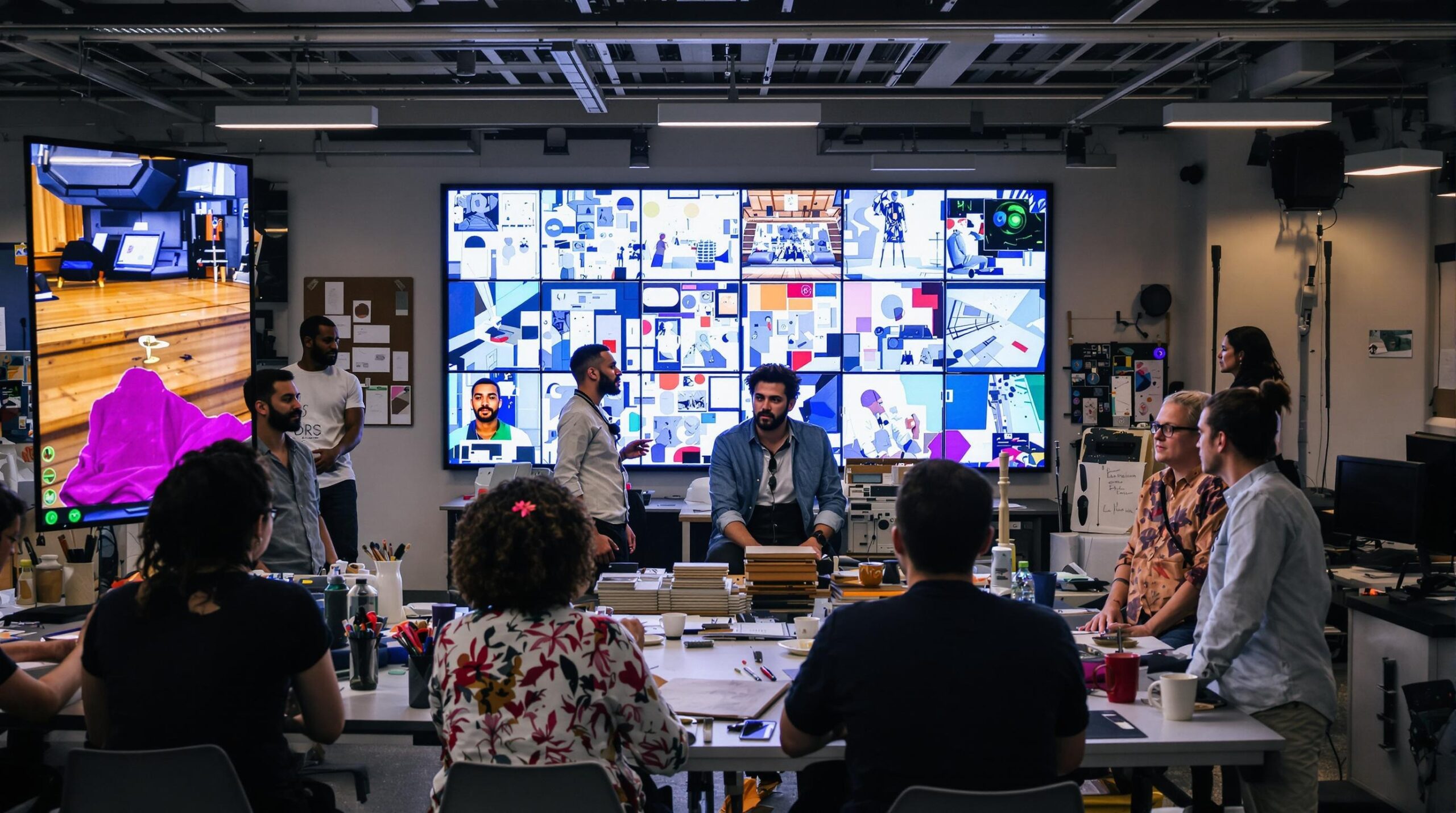The advent of AI art generators has revolutionized the creative industries. These tools have transformed the way artists, designers, and creators work. AI algorithms offer new possibilities for creative expression by learning and replicating various art styles. The impact of AI on creativity extends beyond art to encompass design, film, music, and more.
The Rise of AI Art Generators
AI art generators emerged from neural networks’ ability to learn and mimic human creativity. These algorithms analyze vast datasets of artistic works. They discover patterns and styles, enabling them to create original pieces based on these inputs. As a result, artists can access a limitless source of inspiration and innovation. The tools opened new avenues for both amateur and professional artists.
Enhancing Creativity in the Art World
Artists use AI art generators to break traditional barriers. They embrace these tools to explore unique styles and techniques. AI-generated artworks possess a distinct blend of human input and machine creativity. Such creations challenge the traditional notions of art and authorship. Artists increasingly collaborate with AI to push their creative boundaries.
AI art generators provide a fresh perspective on art creation. By analyzing countless art pieces, these algorithms identify trends and patterns. Such insights help artists understand emerging styles and incorporate them into their works. Transitioning from conventional to AI-assisted art creation can rejuvenate an artist’s career.
Impact on the Graphic Design Industry
Graphic designers benefit from AI art generators through efficiency and innovation. With AI, designers can quickly generate prototypes and concepts. This ability speeds up the creative process, allowing designers to experiment with various styles. By automating repetitive tasks, AI empowers designers to focus on refining and enhancing their innovative ideas.
AI tools also foster innovation in visual communication. Designers use AI to interpret and visualize data creatively, leading to visually stunning and informative content. AI’s analytical capabilities allow for personalized and dynamic designs, which enhance user experience, benefiting both clients and consumers.
Revolutionizing the Film and Animation Industry
The film and animation industry thrives on visual storytelling. AI art generators offer filmmakers and animators new tools to transform this narrative medium. By analyzing scripts, AI can suggest visual themes and styles. These suggestions assist creators in conceptualizing unique looks and atmospheres for their projects.
AI enhances animation by generating character prototypes and backgrounds. Such automation reduces production time and costs while maintaining high quality. The integration of AI with traditional animation techniques results in unique storytelling methods. Animation teams can experiment more freely with their narratives and visual styles.
Music Production and AI: A Harmonious Blend
AI art generators are not limited to visual arts; they also impact music production. These tools analyze vast music databases to create original compositions. Musicians and composers use AI to experiment with new sounds and genres. AI-generated music aids artists in overcoming creative blocks and finding inspiration.
In music production, AI synthesizes various elements to create unique soundscapes. This synthesis permits artists to explore genres previously unknown to them. AI does not replace musicians but enhances their creative potential. As a result, AI helps musicians break new ground and reach broader audiences.
Ethical Considerations in AI Art
While AI art generators offer immense potential, they also raise ethical concerns. Issues of copyright and ownership become blurred when machines create art. Determining the authorship of AI-generated artwork presents challenges. Artists, developers, and lawmakers must navigate these complex ethical landscapes to ensure fair practices.
Transparency in AI art creation is paramount. To preserve trust, stakeholders must disclose AI’s role in the creative process. Balancing the interests of human creators and AI algorithms remains a central ethical debate. Addressing these issues will foster a more equitable creative industry landscape.
The Future of AI in Creative Industries
The future of AI in creative industries holds exciting possibilities. Continued advancements in AI technology will deepen its integration into creative processes. AI may autonomously create original art to share with humans as it becomes more sophisticated. This evolution will redefine the boundaries of human and machine creativity.
Education and training in AI-driven art will become increasingly important. Artists and creators need to understand AI’s capabilities and limitations. Equipping creatives with AI knowledge will ensure they make informed decisions about its use. This understanding is essential for leveraging AI’s full potential in the arts.
Conclusion
AI art generators are reshaping creative industries in unprecedented ways. They offer artists, designers, and musicians new opportunities and tools to enhance their craft. AI fosters innovation and exploration across various artistic domains by breaking traditional creative barriers. Ethical considerations must be addressed as AI’s influence continues to grow. The future promises an exciting era of collaboration between humans and machines in creative endeavors.

